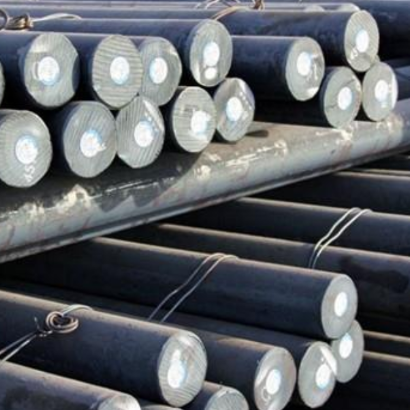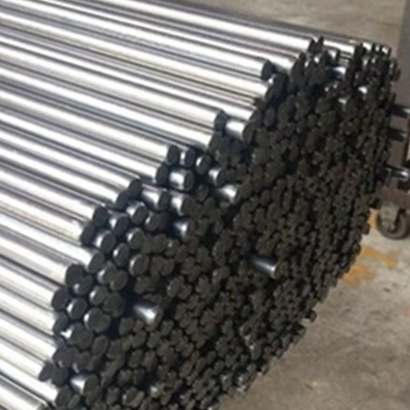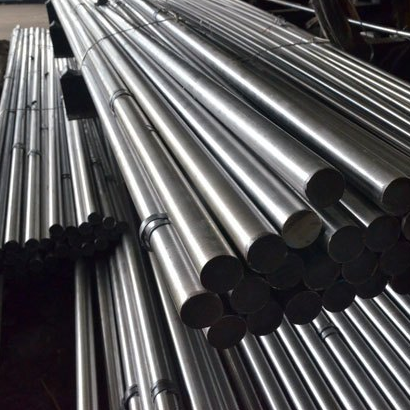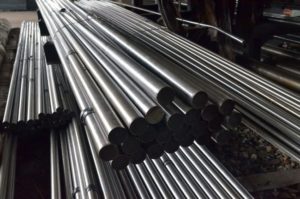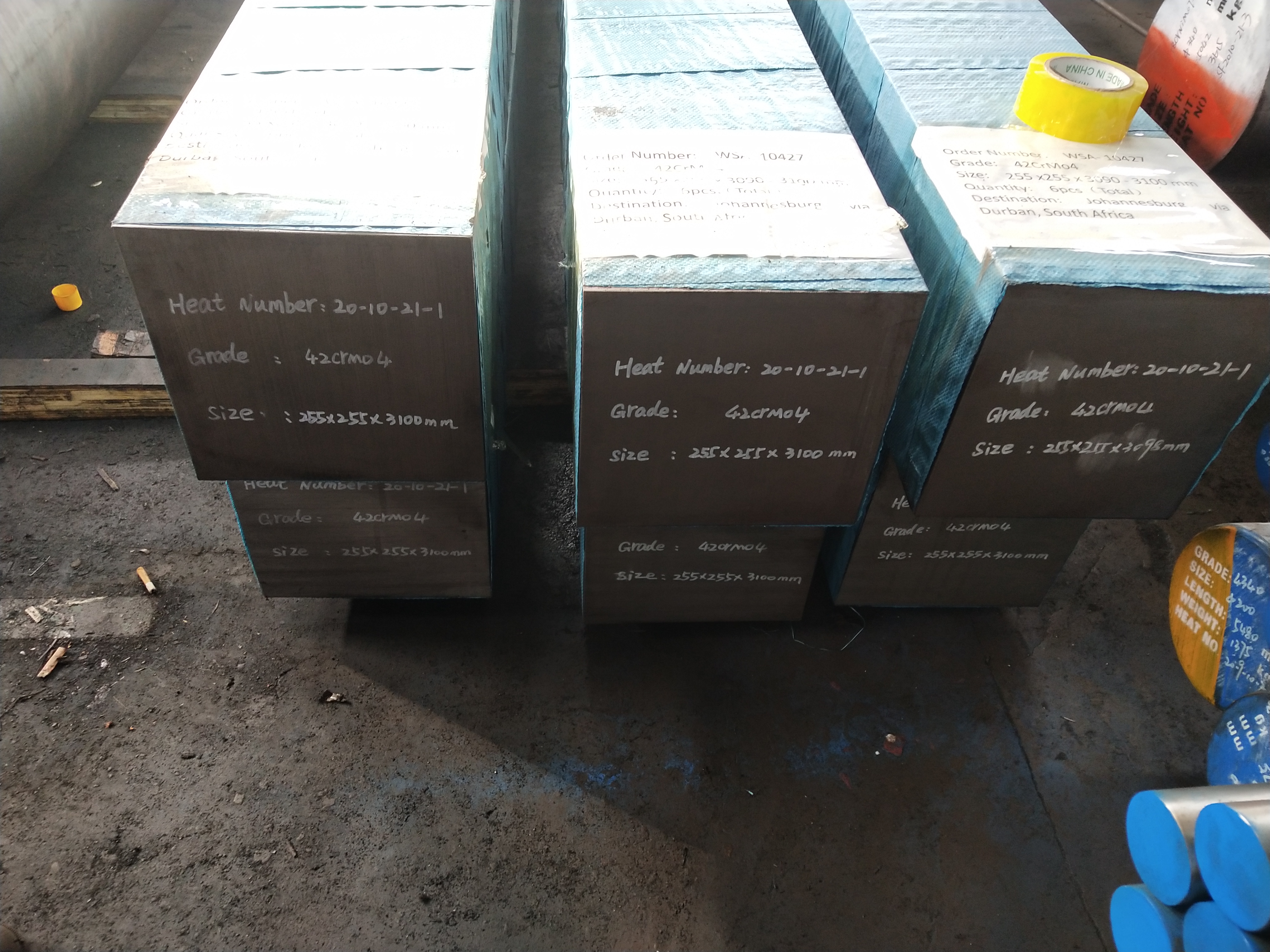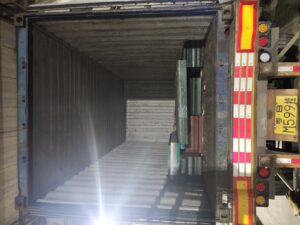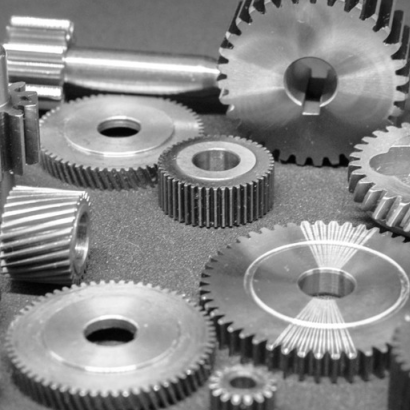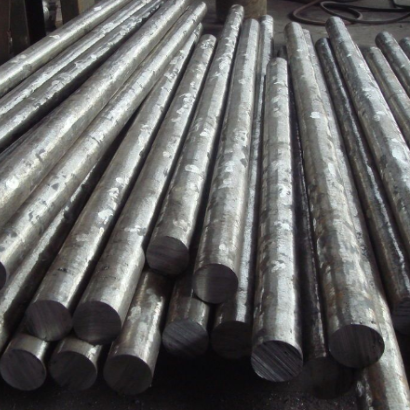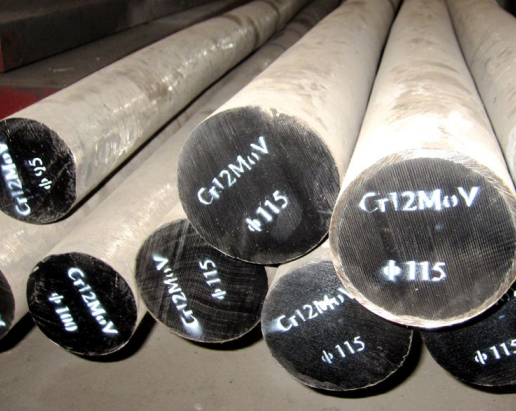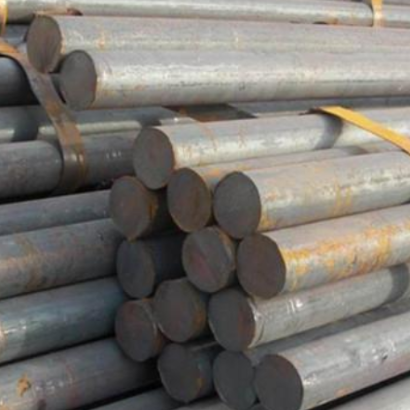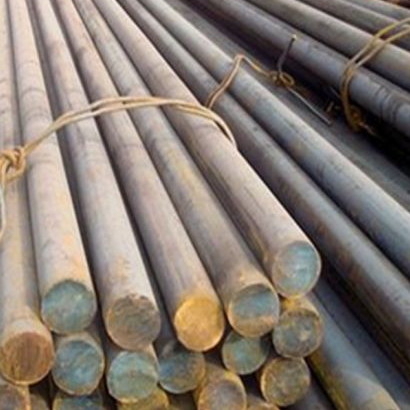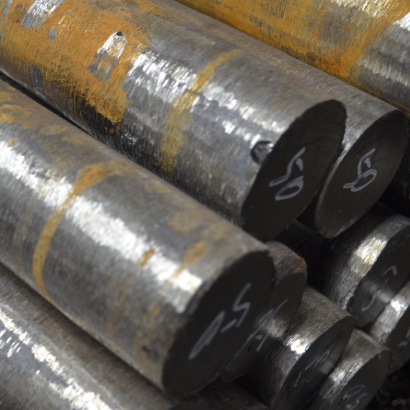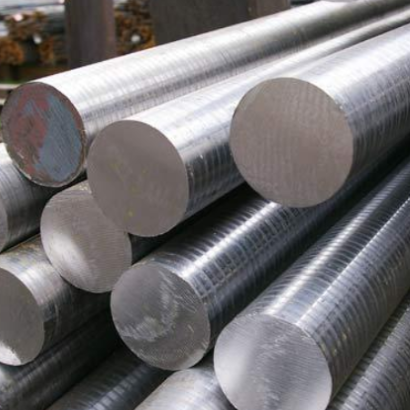4 development direction of special steel bearing steel
Bearings are widely used in mining machinery, precision machine tools, metallurgical equipment, heavy equipment and high-end cars and other major equipment fields, as well as wind power generation, high-speed rail motor cars and aerospace and other emerging industries. The bearings produced in China are mainly medium and low-end bearings and small and medium-sized bearings, which are characterized by low-end surplus and high-end lack. Compared with foreign countries, there is a big gap in high-end bearings and large bearings. China’s high-speed railway passenger car special supporting wheelset bearings all need to be imported from abroad. For the key bearings used in aerospace, high-speed railway, high-end cars and other industrial fields, there is a big gap between China’s bearings and the advanced level in service life, reliability, DN value and bearing capacity. For example, the service life of foreign automobile gearbox bearings is the lowest of 500000 km, while the service life of domestic similar bearings is about 100000 km, with poor reliability and stability.
Aviation
As a key basic component of aero-engine, the second generation aero-engine bearing with thrust ratio of 15-20 is being developed abroad, which is ready to be assembled into the fifth generation fighter around 2020. In the past 10 years, the United States has developed the second generation of bearing steel for aero-engine, and the representative steels are css-42l with high strength and corrosion resistance at 500 ℃ and x30 (cronidur30) with high nitrogen and rust resistance at 350 ℃. China is developing the second generation of bearing steel for aero-engine.
Automobile
For automotive hub bearings, the first and second generation of hub bearings (ball bearings) are widely used in China, while the third generation of hub bearings have been widely used in Europe. The main advantages of the third generation hub bearings are reliability, short payload spacing, easy installation, no adjustment, compact structure, etc. At present, most of the imported vehicles in China adopt this kind of lightweight and integrated hub bearing.
Railway vehicles
At present, China’s railway heavy haul train bearings are made of domestic ESR g20crni2moa carburized steel, while foreign countries have applied the vacuum degassing smelting technology, inclusion homogenization technology (IQ steel), ultra long life Steel Technology (TF steel), fine heat treatment technology, high purity bearing steel (EP steel) and other technologies Surface super hardening treatment technology and advanced sealing lubrication technology are applied to the production and manufacturing of bearings, which greatly improves the service life and reliability of bearings. The quality of ESR bearing steel in China is not only low, but also the cost is 2000-3000 yuan / ton higher than that of vacuum degassing steel. In the future, China needs to develop ultra-high purity, fine-grained, homogenized and stable quality vacuum degassing bearing steel to replace the current ESR bearing steel.
Wind power and energy
For wind turbine bearings, at present, China has not been able to produce high-tech spindle bearings and speed increaser bearings, basically relying on imports, and the localization of bearings for wind turbine units above 3MW has not been solved. In order to improve the strength, toughness and service life of wind turbine bearings abroad, a new type of special heat treatment steel SHX (40crsimo) is used. For yaw and variable pitch bearings, the depth of hardened layer, surface hardness, width of soft belt and surface crack are controlled by surface induction hardening heat treatment; Carbonitriding is used for speed increaser bearing and main shaft bearing, so that more stable volume fraction of retained austenite (30% – 35%) and a large number of fine carbides and carbonitrides can be obtained on the surface of parts, and the service life of bearing under pollution lubrication condition is improved.
In order to improve the service life and operation accuracy of rolling mill bearings, it is necessary to research and develop ultra-high purity vacuum degassing smelting of GCr15SiMn and g20cr2ni4 bearing steels for rolling mill and large austenite mass control heat treatment of bearing surface in the future. NSK and NTN have developed the surface austenite strengthening technology respectively, that is, TF bearing and WTF bearing have been developed by increasing the surface austenite content, so that the service life of bearing has been increased by 6-10 times.
The future R & D direction of bearing steel in China is mainly reflected in four aspects:
One is economic cleanliness: on the premise of considering economy, further improve the cleanliness of the steel, reduce the content of oxygen and titanium in the steel, so that the mass fraction of oxygen and titanium in the bearing steel is less than 6 × 10-6 and 15 × The content and size of inclusions in the steel are reduced and the distribution uniformity is improved.
The second is the refinement and homogenization of microstructure: through the application of alloying design and controlled rolling and cooling process, the uniformity of inclusions and carbides can be further improved, the network and band carbides can be reduced and eliminated, the average size and maximum particle size can be reduced, and the average size of carbides can be less than 1 μ The goal of M; The grain size of the matrix is further improved, and the grain size of the bearing steel is further refined.
The third is to reduce macrostructure defects: further reduce the central porosity, central shrinkage and central composition segregation in bearing steel, and improve the uniformity of macrostructure.
Fourth, high toughness of bearing steel: through new alloying, hot rolling process optimization and heat treatment process research, improve the toughness of bearing steel.
